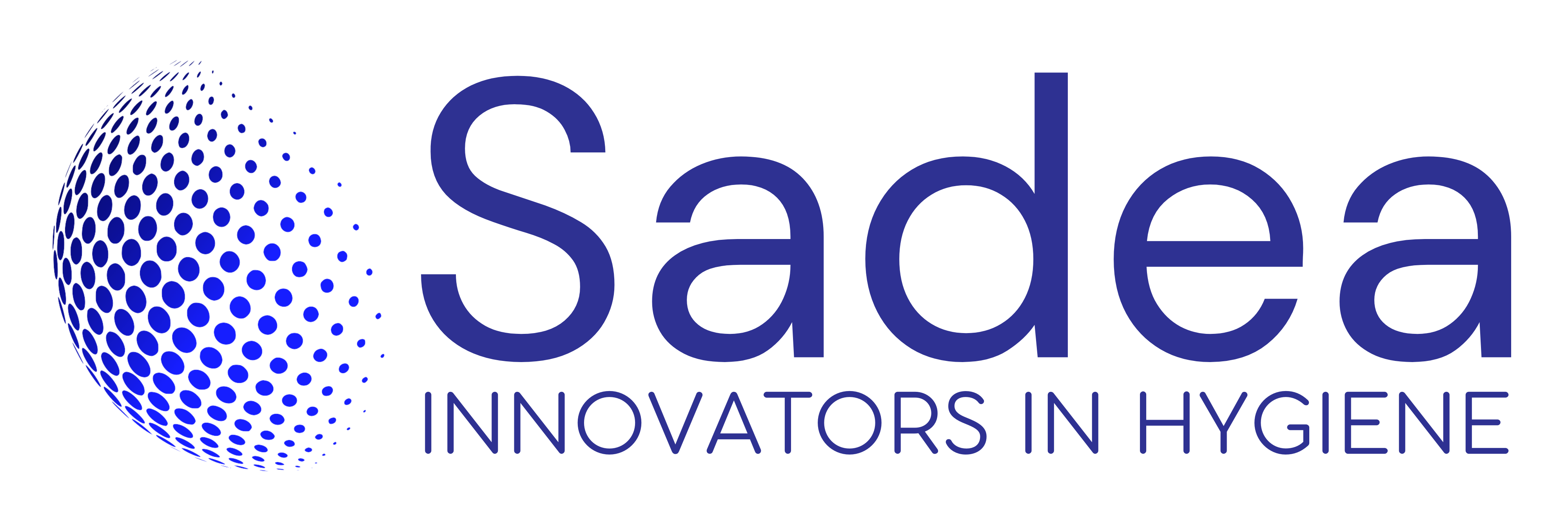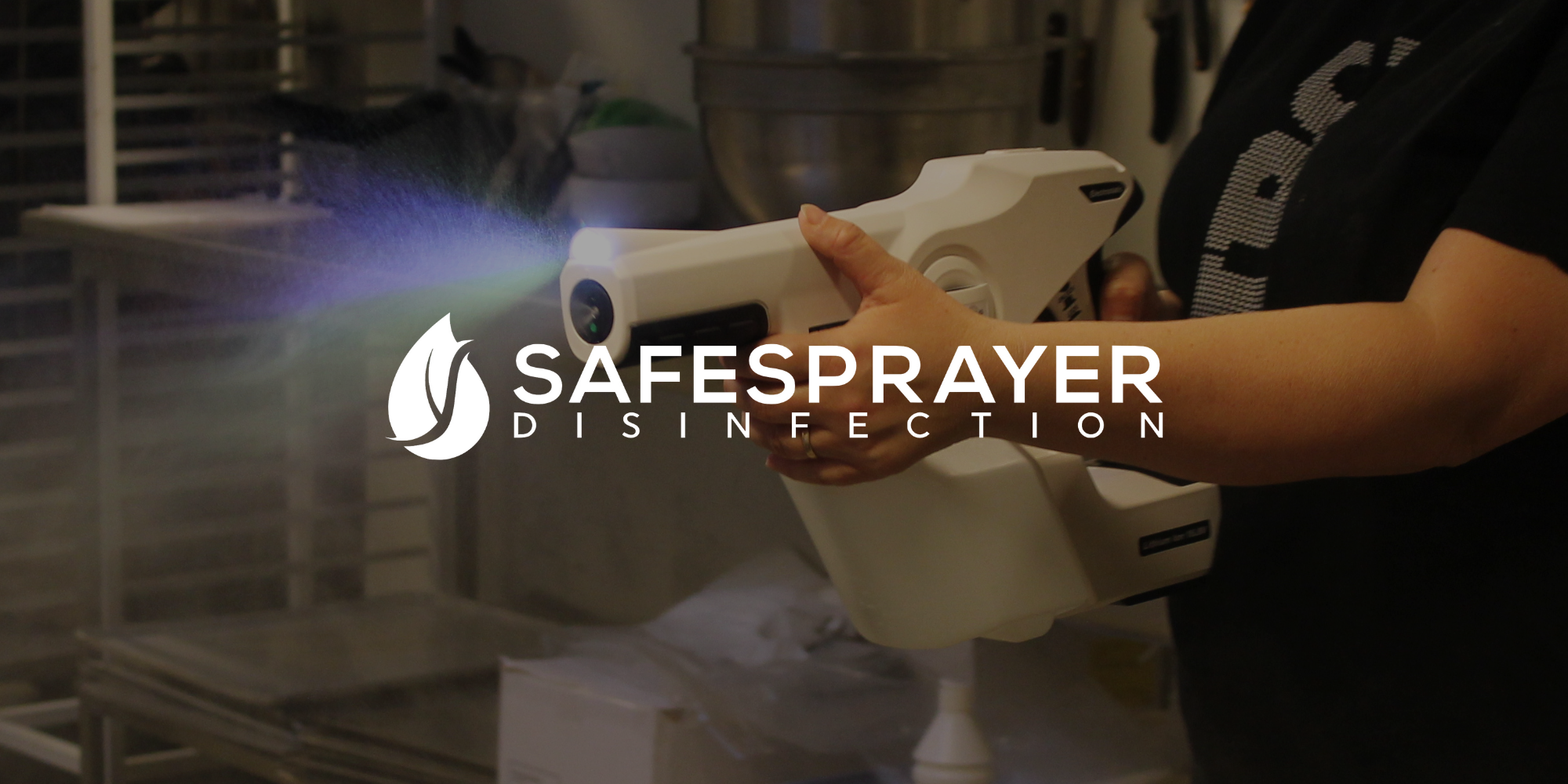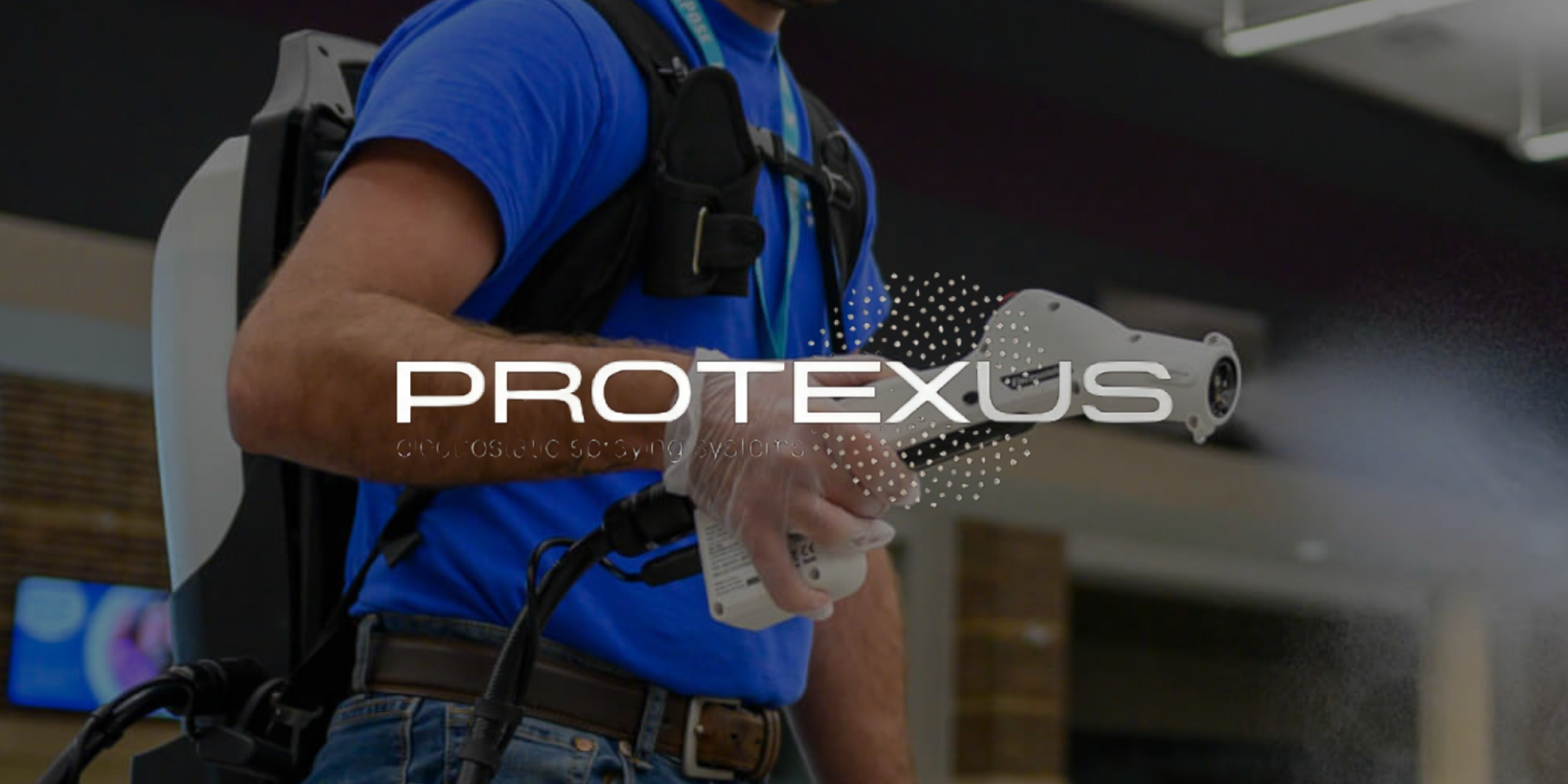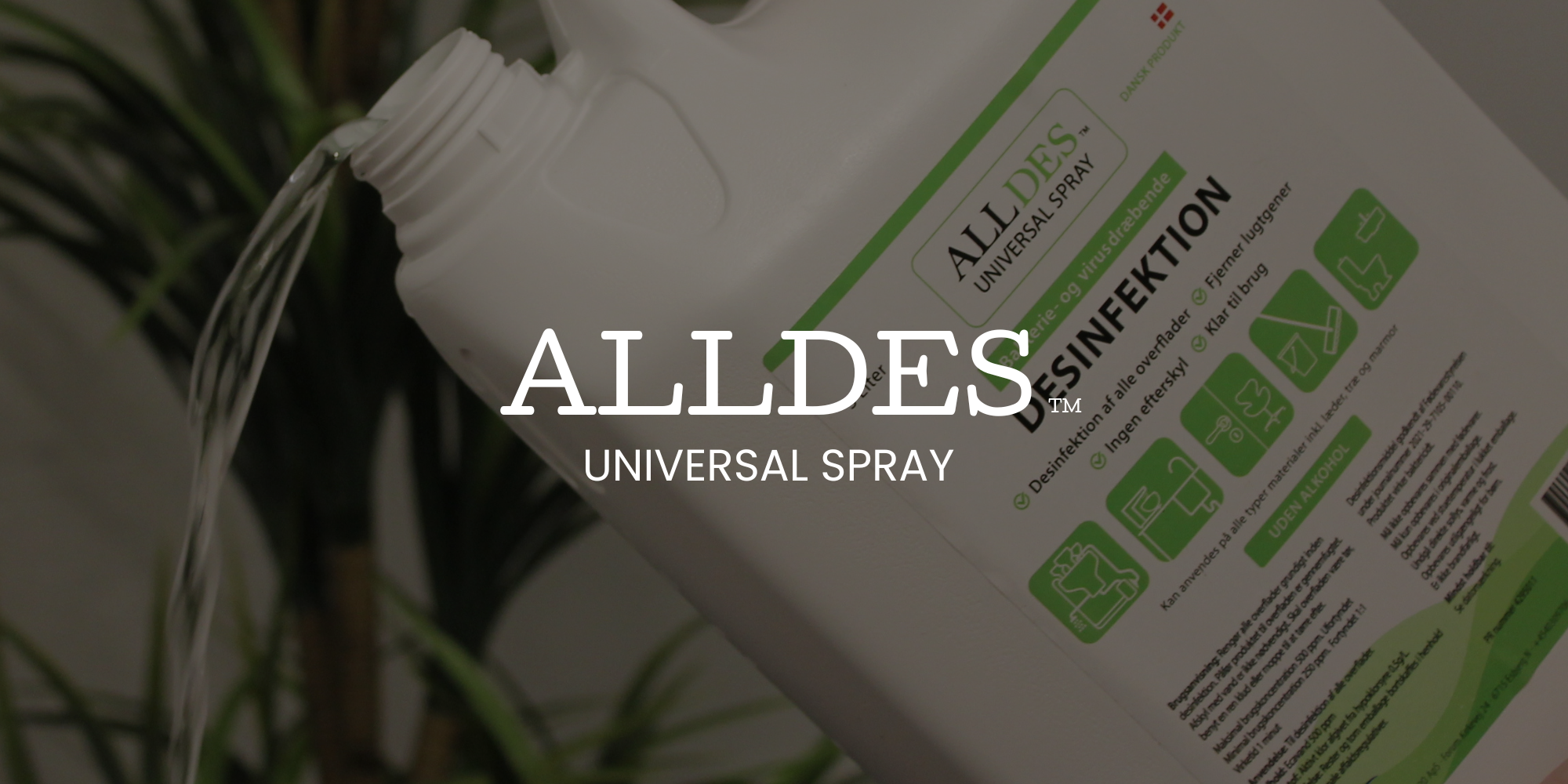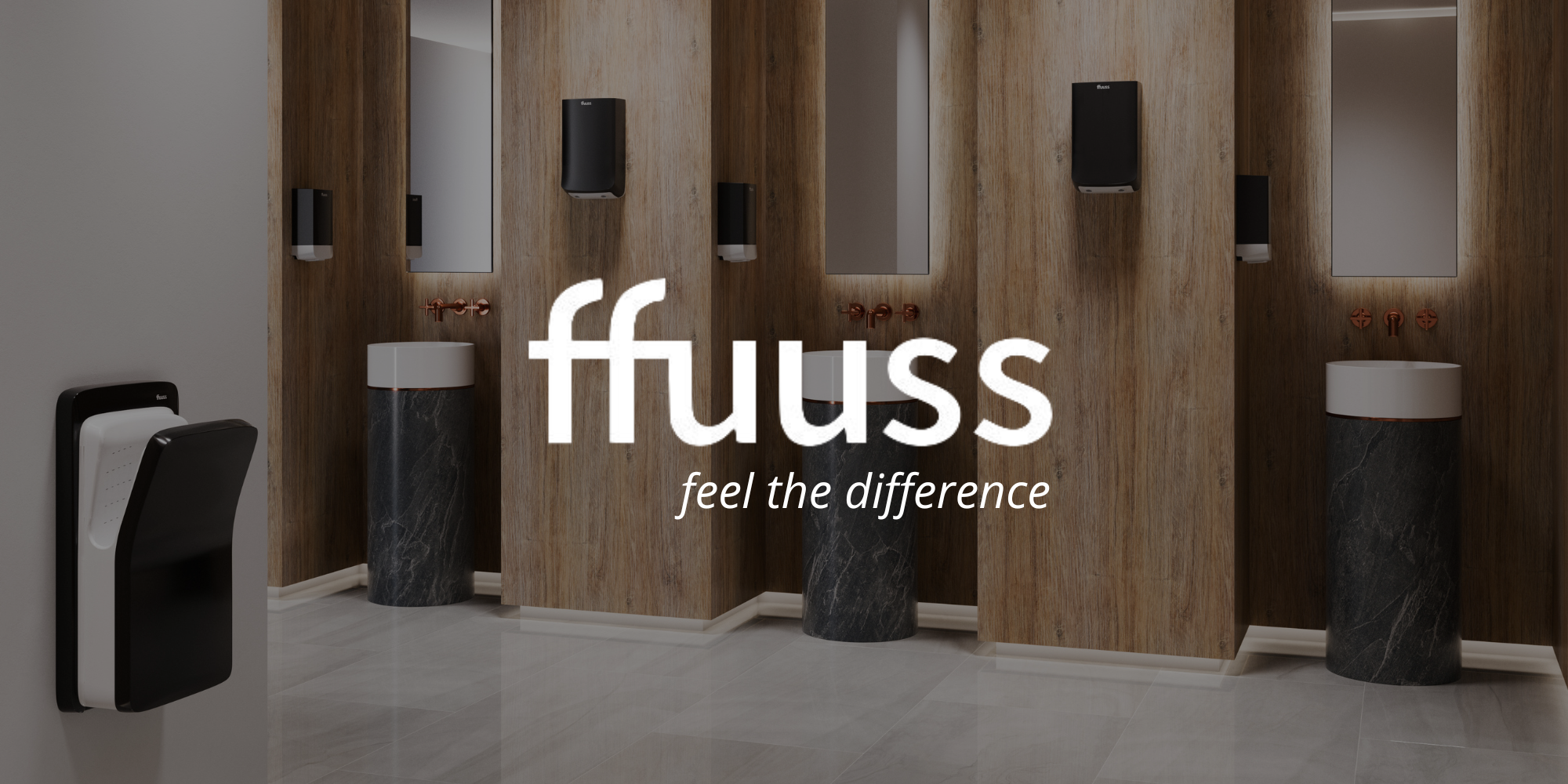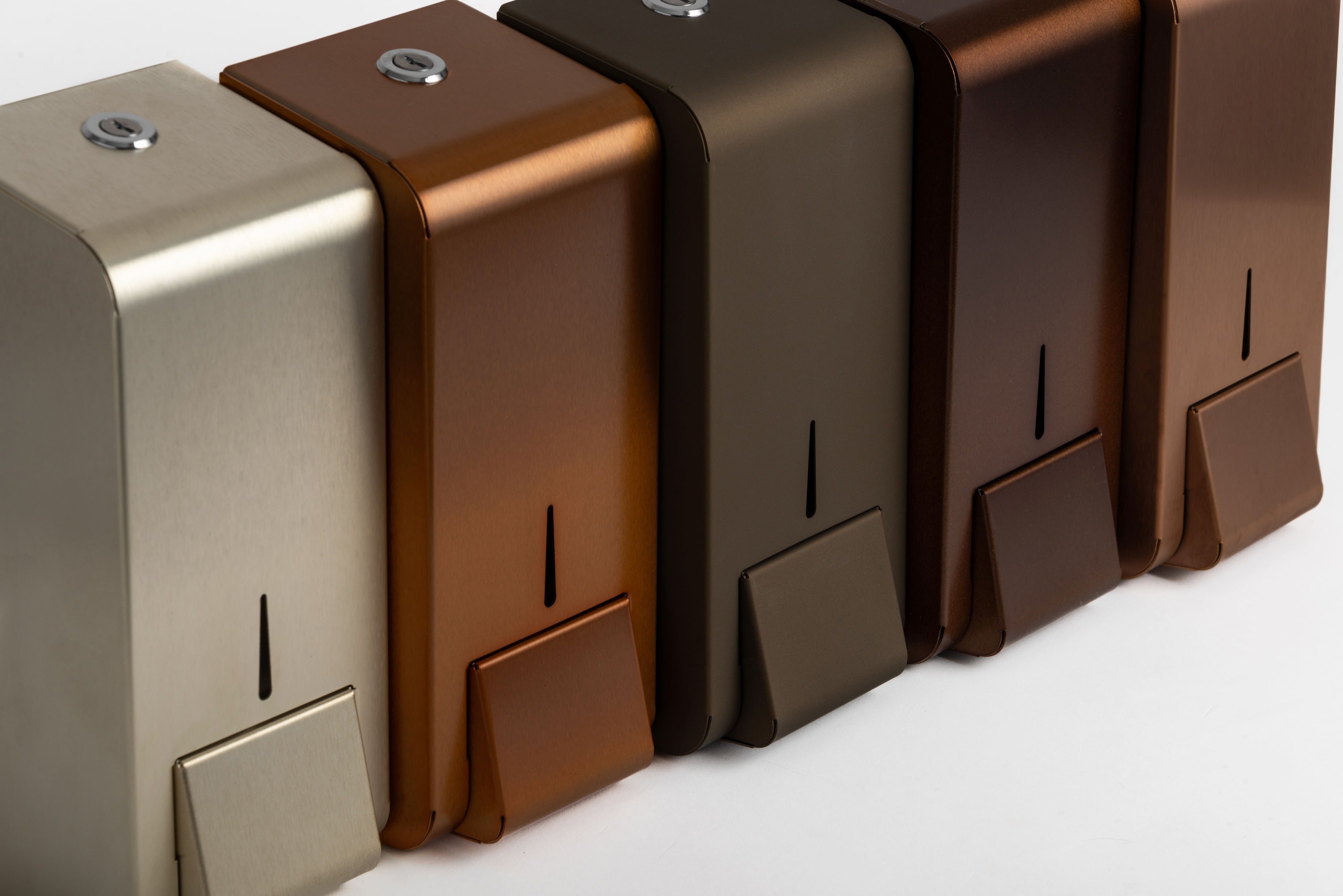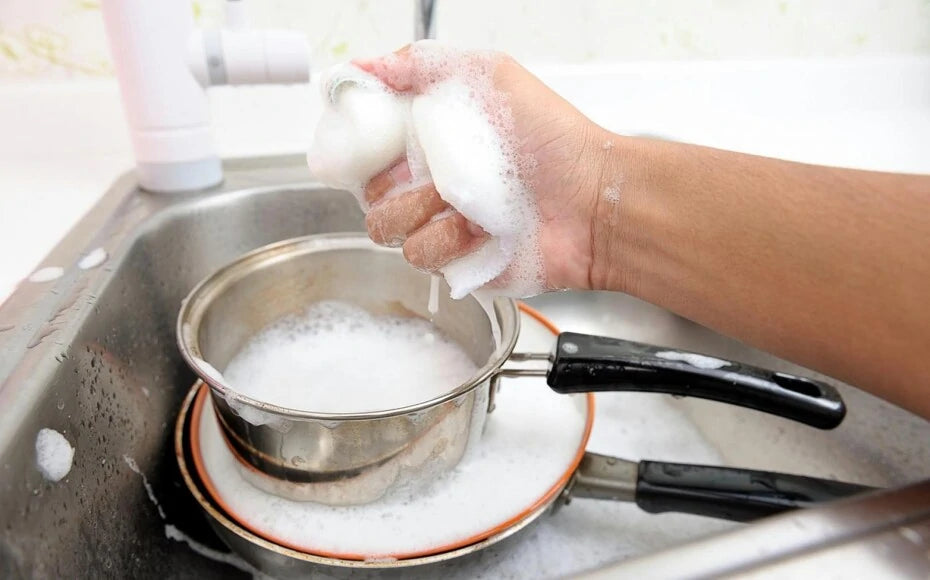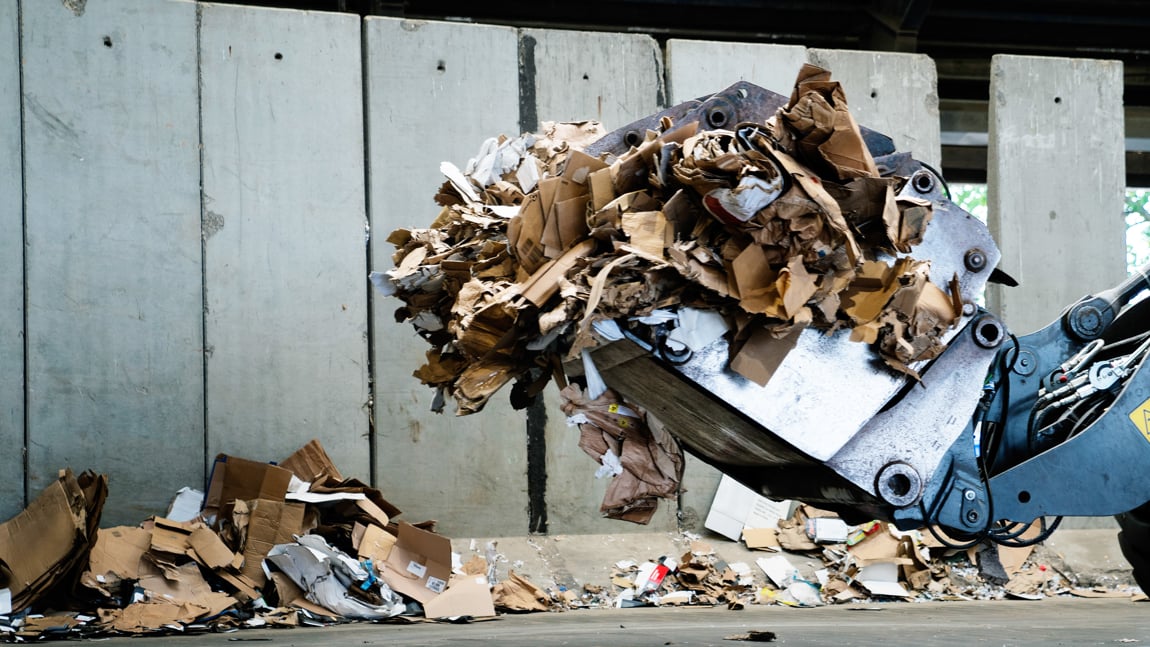When water damage occurs, the consequences can be extensive. Whether caused by flooding, a burst pipe or a leaky roof, prompt and effective cleaning and sanitizing is essential to minimize damage and prevent mold and bacterial growth. Here is a detailed guide on how to clean up after water damage and how to disinfect the area, including the use of ECA water as a disinfection method.
Step 1: Safety first
Before you start cleaning, make sure the area is safe. Turn off the electricity to avoid electrical hazards. Use protective equipment such as gloves, boots and masks to protect yourself from potential health hazards.
Step 2: Remove the water
Remove the water as soon as possible. Use pumps, wet-dry vacuum cleaners or even buckets, depending on the amount of water. The faster the water is removed, the less damage it will cause.
Step 3: Dry the area
After removing the water, it is important to dry the area thoroughly. Use dehumidifiers, fans and open windows to promote air circulation. This step is essential to prevent mold growth.
Step 4: Cleaning
Wash all surfaces that have been in contact with the water with soap and water. This includes walls, floors, furniture and other affected objects. Be sure to remove all visible signs of dirt and debris.
Step 5: Disinfection
Once the area is clean, it's time to disinfect. An effective method of disinfection is the use of ECA (Electro-Chemically Activated) water, which is a powerful disinfectant that is both safe to use and environmentally friendly.
Benefits of ECA water:
- Effectiveness: ECA water kills a wide range of bacteria, viruses and mold spores.
- Safety: It is non-toxic and safe to use in areas with children and pets.
- Environmentally friendly: It leaves no harmful residues and decomposes naturally.
To disinfect with ECA water, spray it directly onto surfaces and leave for the recommended time (typically around 5-10 minutes) to ensure maximum effectiveness. ECA water is approved with a No-rinse claim, so after use it is not necessary to rinse or wipe. Therefore, you can let the disinfectant evaporate naturally and let it work on the surface for the longest possible time.
Step 6: Preventing future damage
After cleaning and disinfecting, consider taking steps to prevent future water damage. This may include:
- Repair of leaks and damaged gutters.
- Installation of sump pumps in basements.
- Sealing of cracks in the foundation.
Frequently Asked Questions (FAQ):
1. How soon should I start cleaning after water damage? It is best to start cleaning within 24-48 hours to minimize damage and prevent mold growth.
2. What equipment do I need for cleaning after water damage? You need pumps, wet-dry vacuum cleaners, dehumidifiers, fans, cleaning agents, disinfectants and protective equipment.
3. What is ECA water and how does it work? ECA water is a disinfectant produced by electrolysis of a weak salt solution. It is effective against a wide range of microorganisms and is safe and environmentally friendly. Find ECA water here .
4. How do I prevent mold growth after water damage? Remove water quickly, dry the area thoroughly, clean and disinfect all surfaces and ensure good ventilation.
5. Is it safe to use ECA water near children and pets? Yes, ECA water is non-toxic and safe to use in areas with children and pets.
By following these steps and using the right tools and methods, you can effectively deal with water damage and protect your home from future problems.
